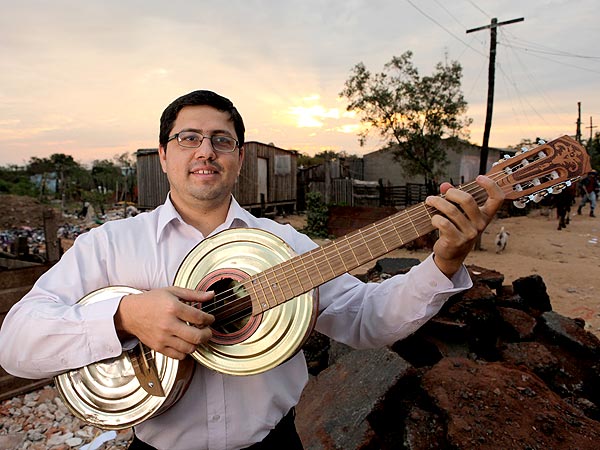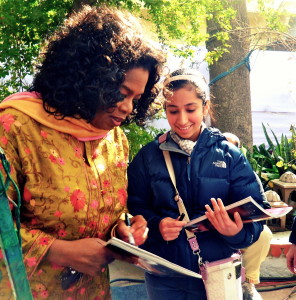
The Start-up
At the age of fourteen, Sean Belnick had only 500$ in his pocket that he made doing odd jobs around his house. Most kids his age might buy video games or 0ther electronics, but Sean Belnick wanted to do something greater with his 500 dollars. Now, at the age of 24, he is worth roughly 42 million$ because of his ability to seek out a problem and solve it using his limited resources. Belnick invested his 500$ in starting a website, BizChair.com, where he sold office chairs from his home. His stepfather, who worked in the office furniture business, advised Belnick to enter this market based on lack of quality office chairs for a good price. Although his business began at a strictly local level, the word spread about BizChair’s solid prices and great quality. Soon, Belnick’s website was able to expand their advertising, and was poised to grow.
Expansion
Over the next decade, BizChair.com grew into a national organization. Belnick’s ability to advertise and sell thousands of chairs with under 100 employees allowed his company to make large profits from selling office chairs. Soon, he expanded his menu of products to include restaurant, school, church, and medical furniture. His annual revenues grew from hundreds of thousands of dollars to millions over just a decade.
Belnick’s BizChair.com is an example of how even at a young age and a small amount of money, an innovative idea can really grow into something successful and profitable. As one of the fastest growing internet retail websites in the U.S., Belnick has shown how to attack a problem with an effective solution, and how to change that solution as time goes on.
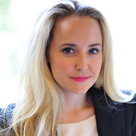
![96_learnvest[1]](https://millennialentrepreneurs.com/wp-content/uploads/2013/10/96_learnvest1.jpg)
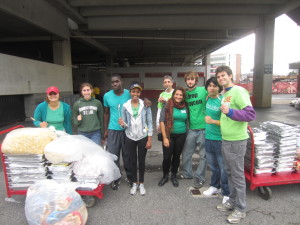

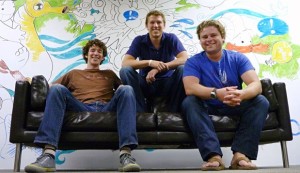 whiteboard. After a few years of gathering support and venture capital money, John Goscha invited two fellow Babson graduates, Jeff Avallon and Morgan Newman (both of whom are still with the company today) to join the start-up. IdeaPaint launched in 2008 at the Chicago Trade Show, with their first product, IdeaPaint Pro.
whiteboard. After a few years of gathering support and venture capital money, John Goscha invited two fellow Babson graduates, Jeff Avallon and Morgan Newman (both of whom are still with the company today) to join the start-up. IdeaPaint launched in 2008 at the Chicago Trade Show, with their first product, IdeaPaint Pro.


